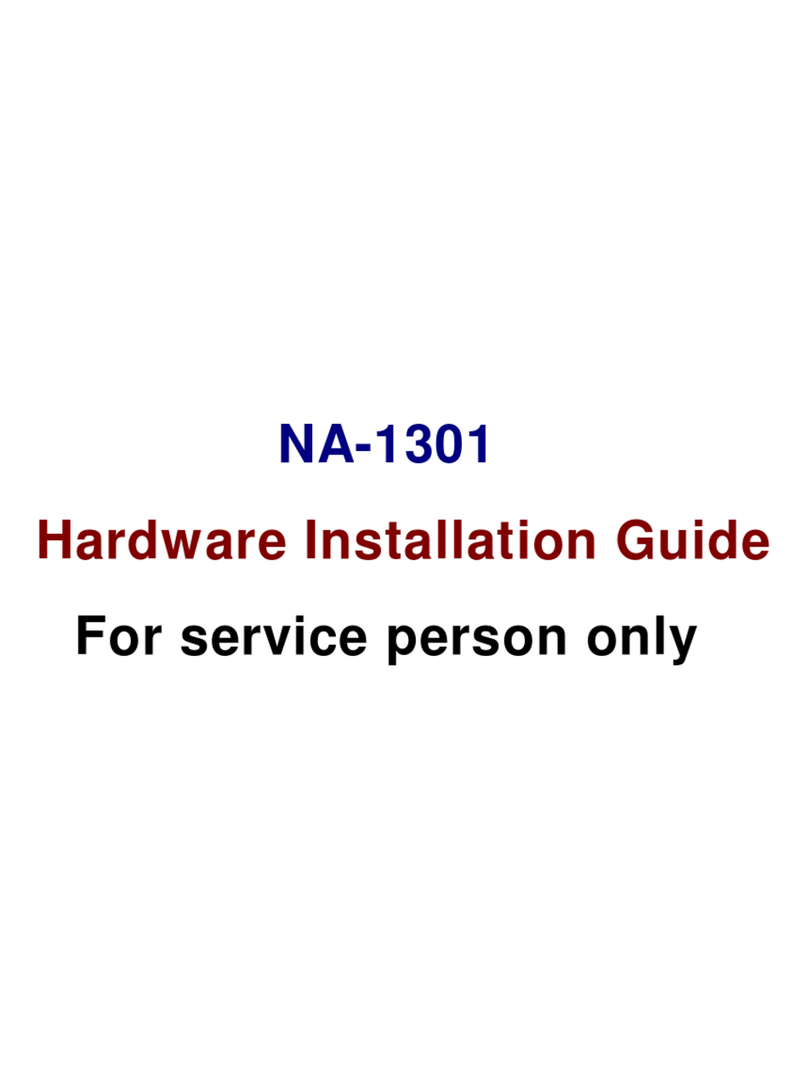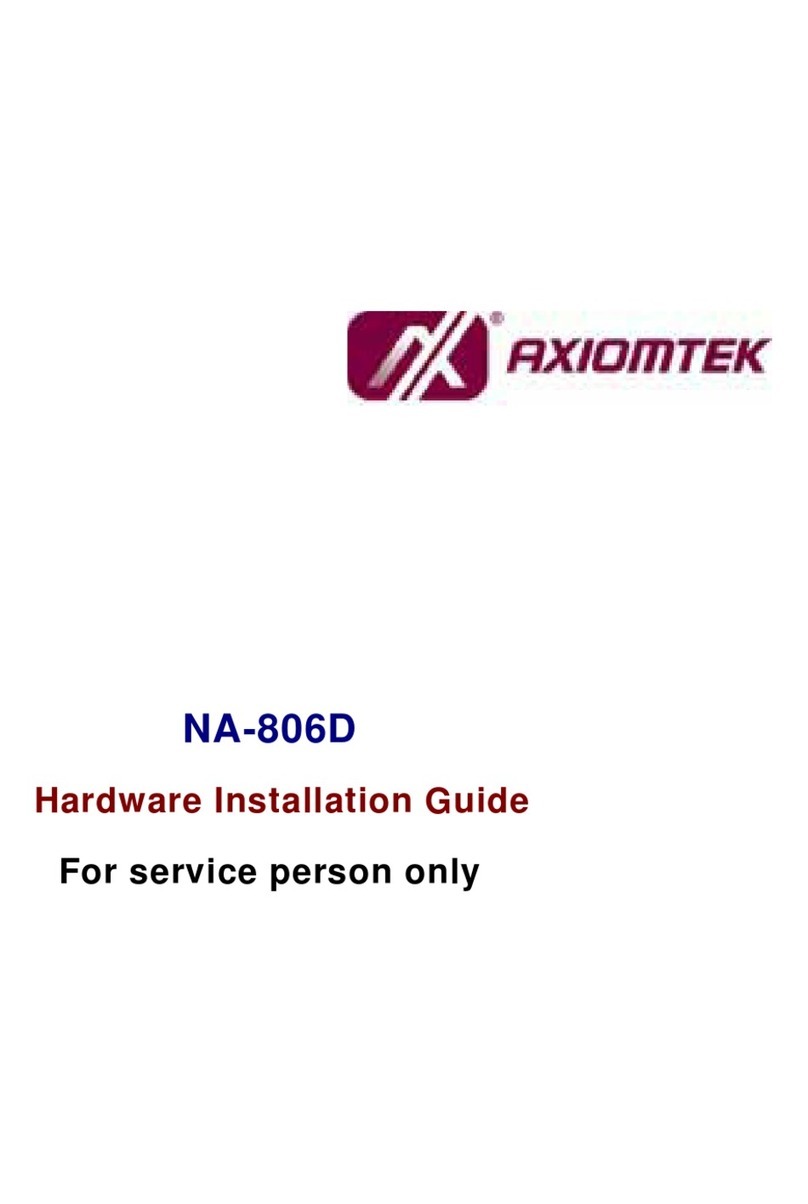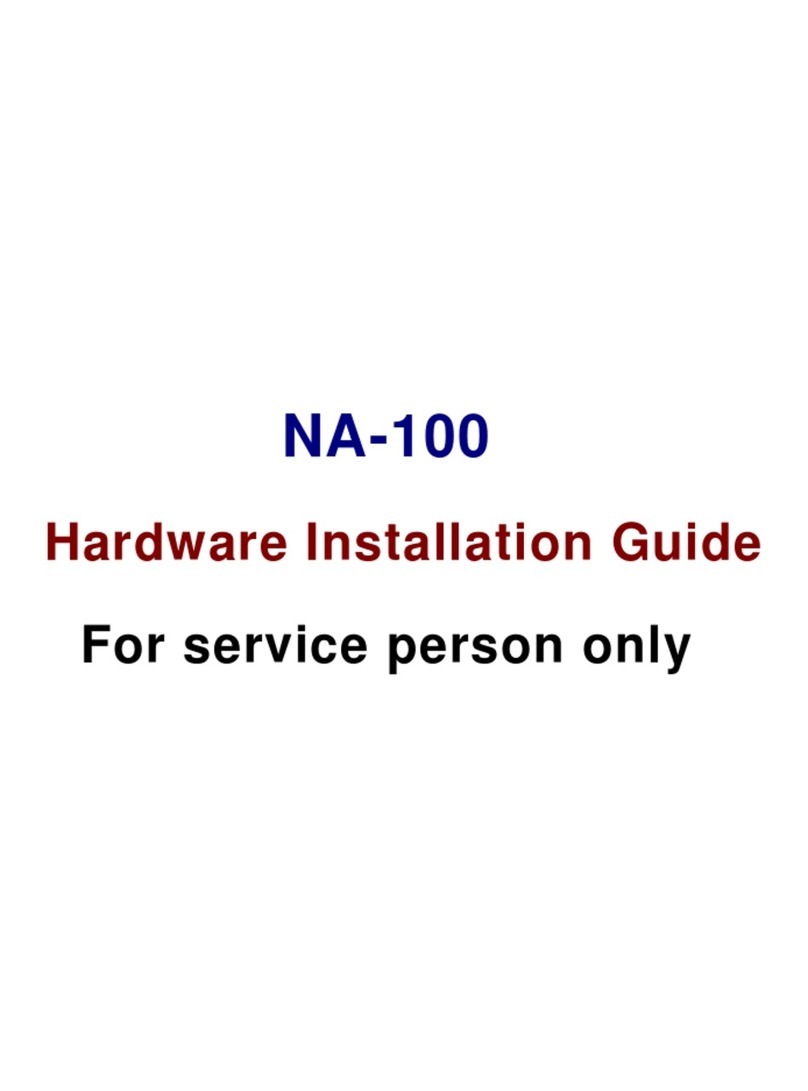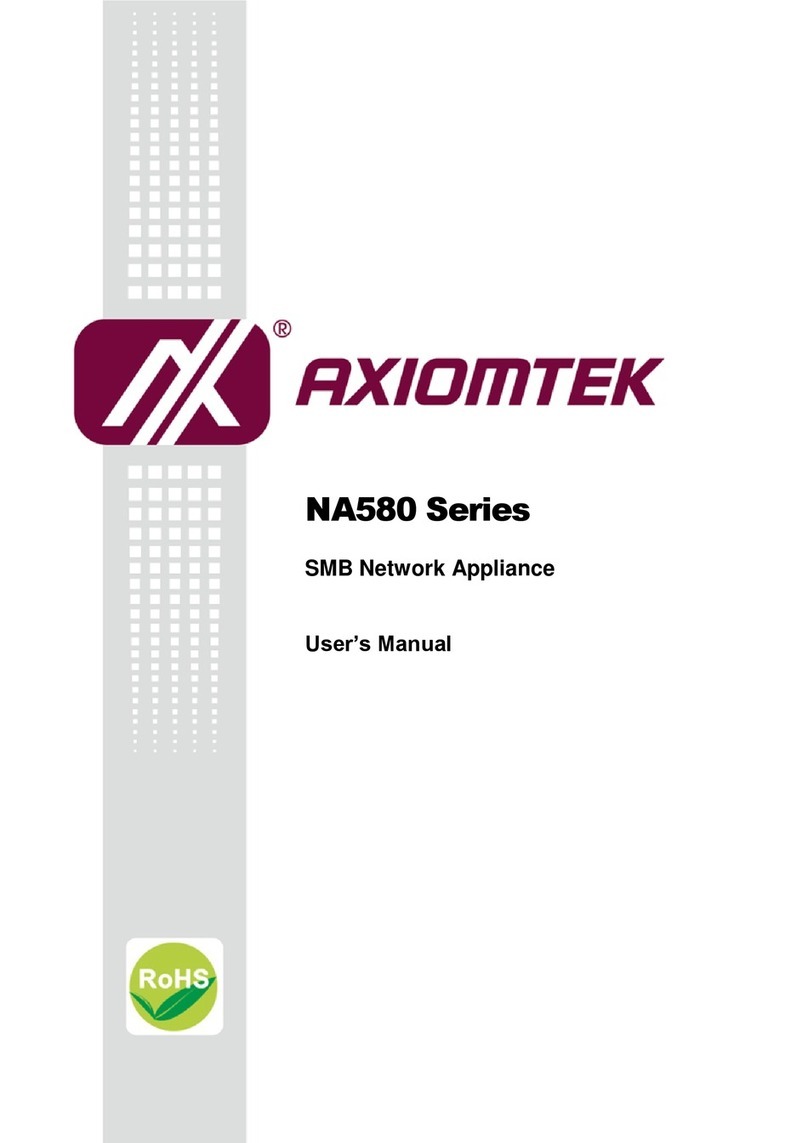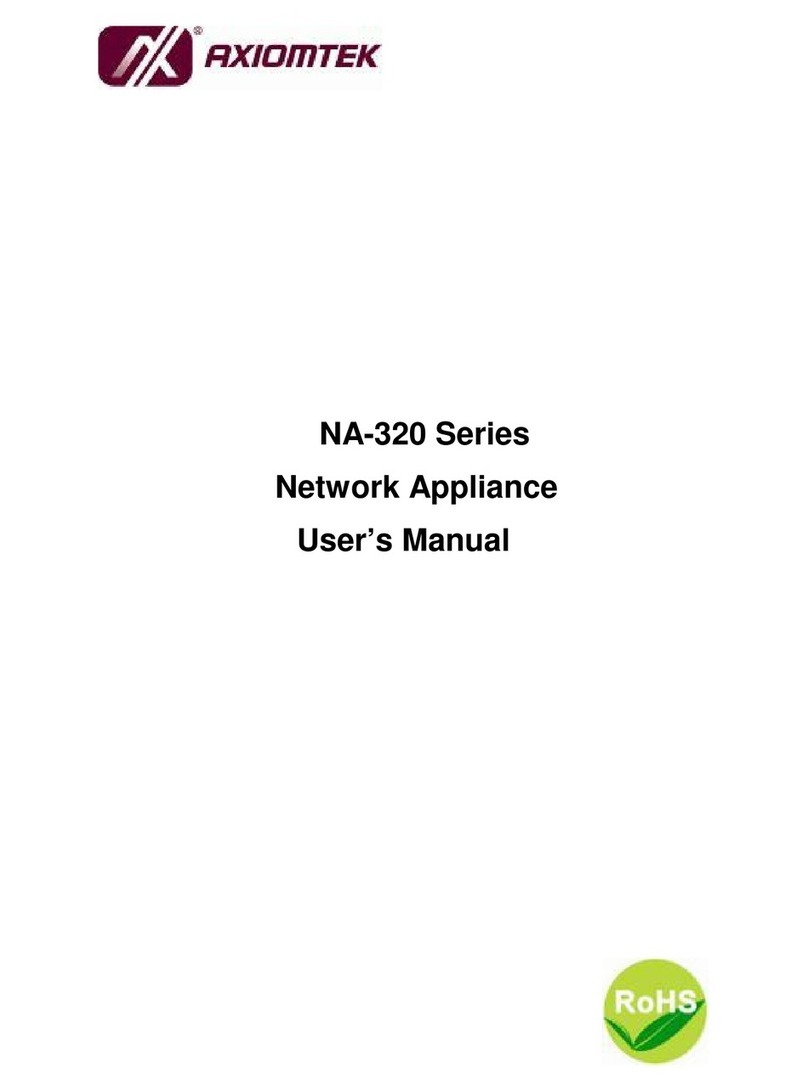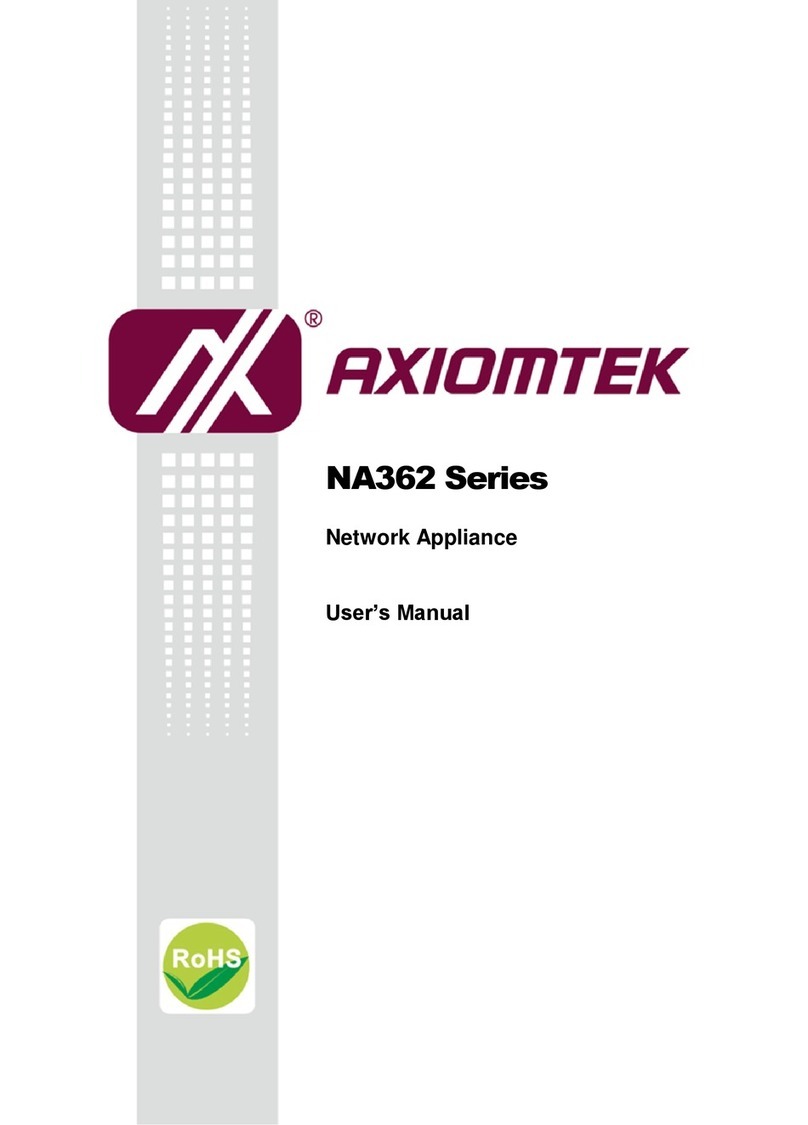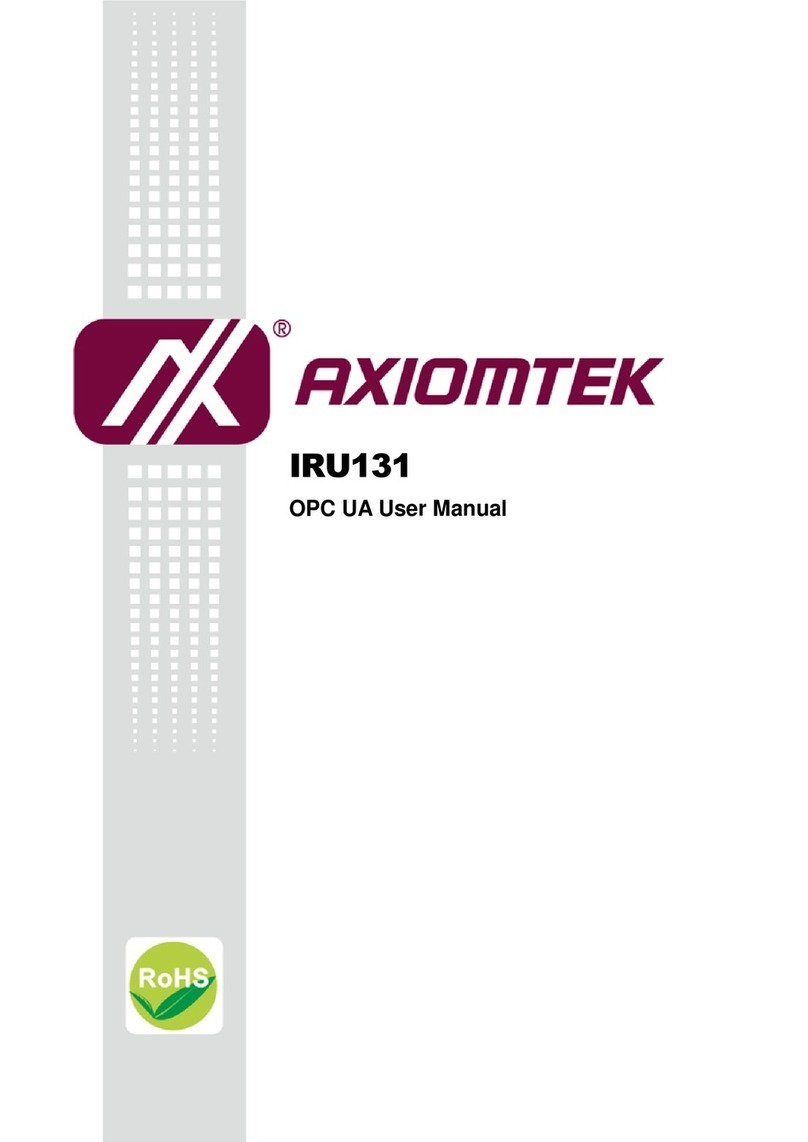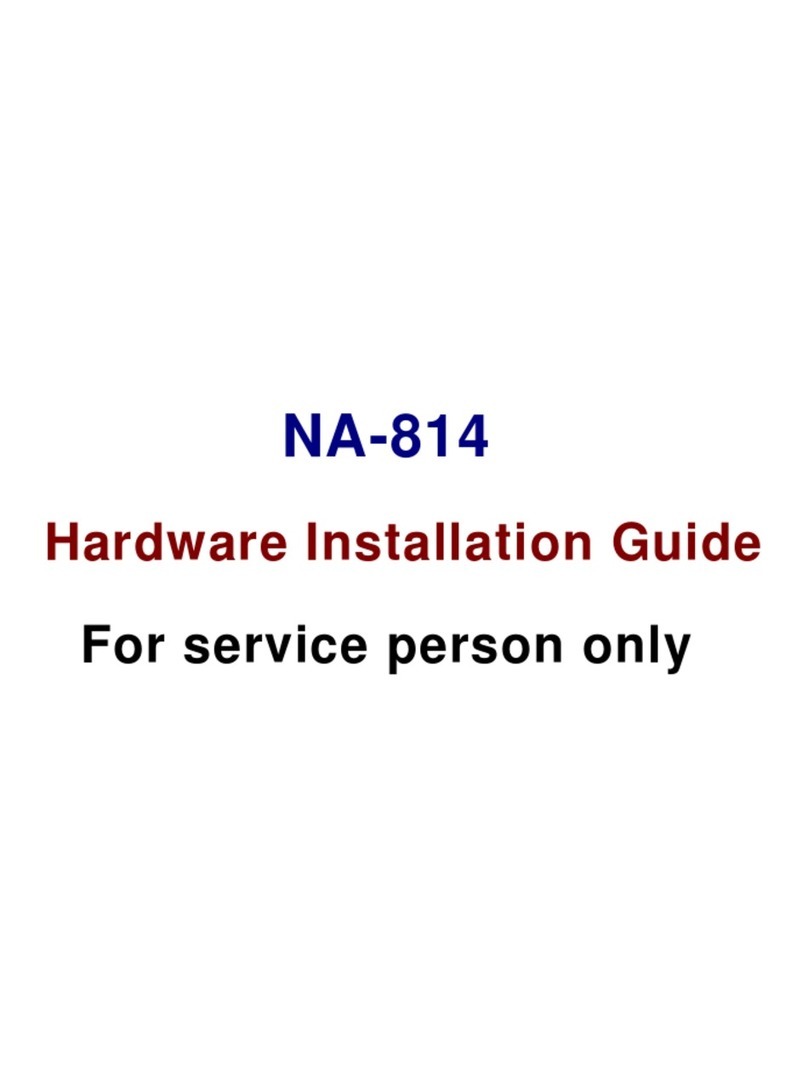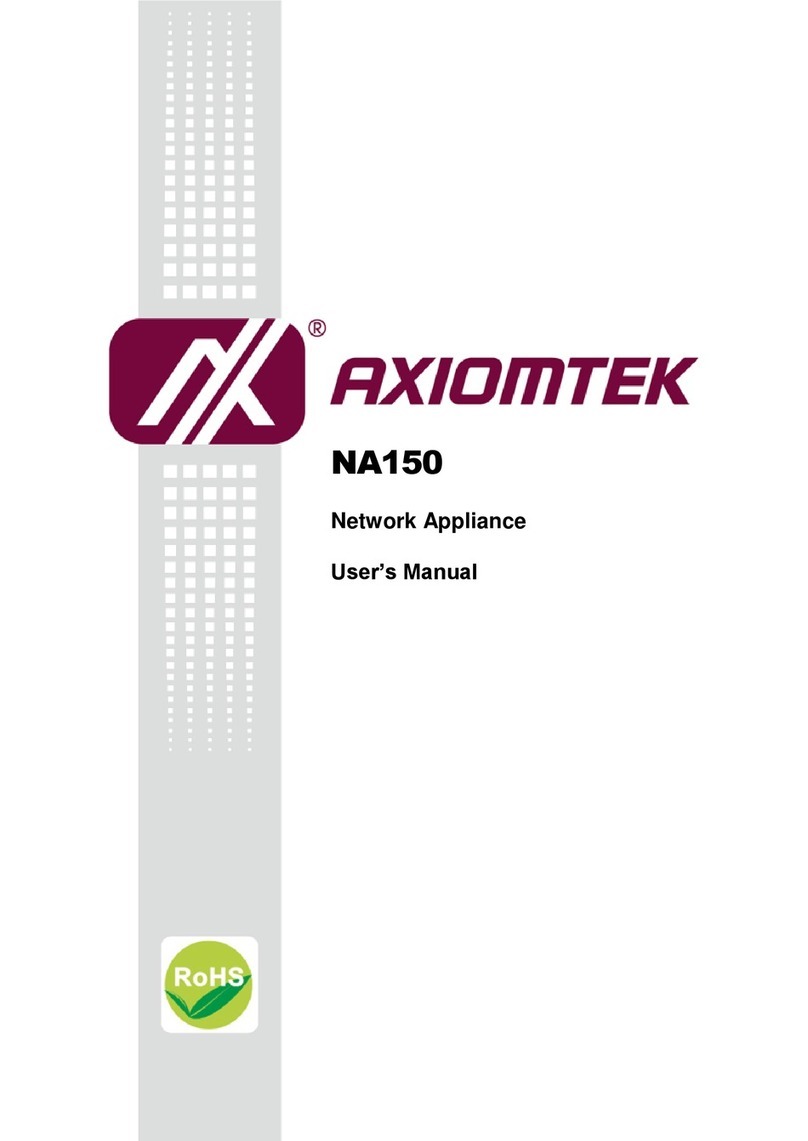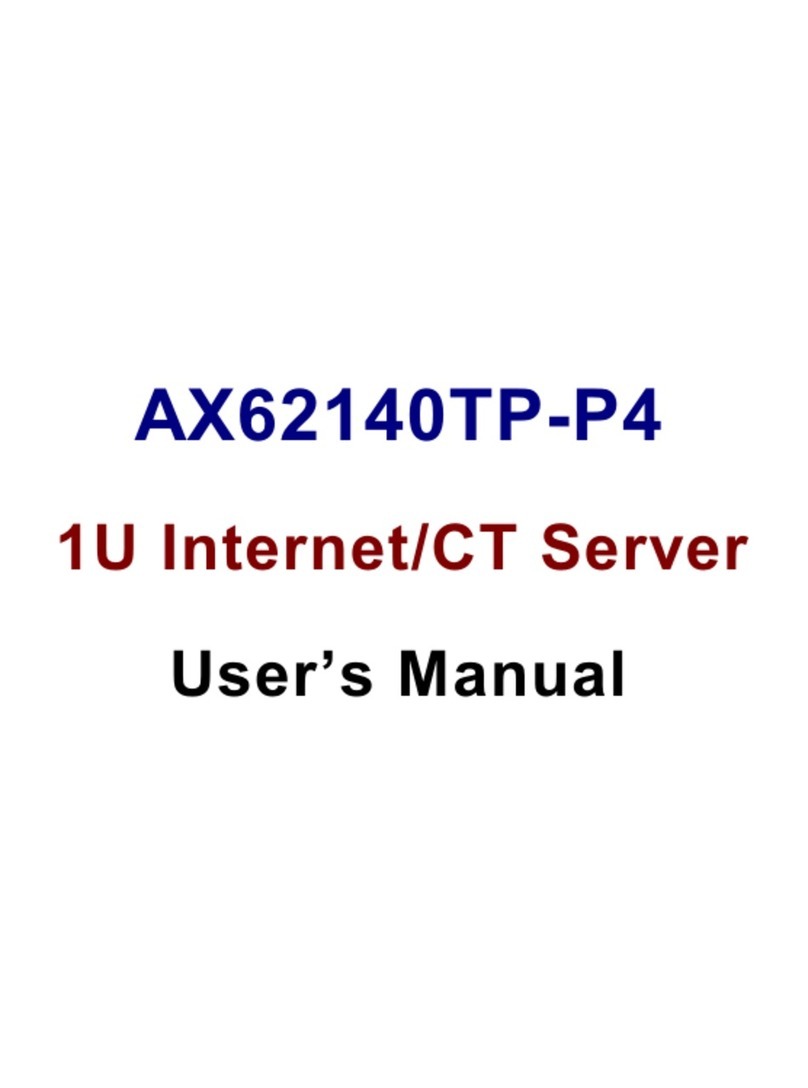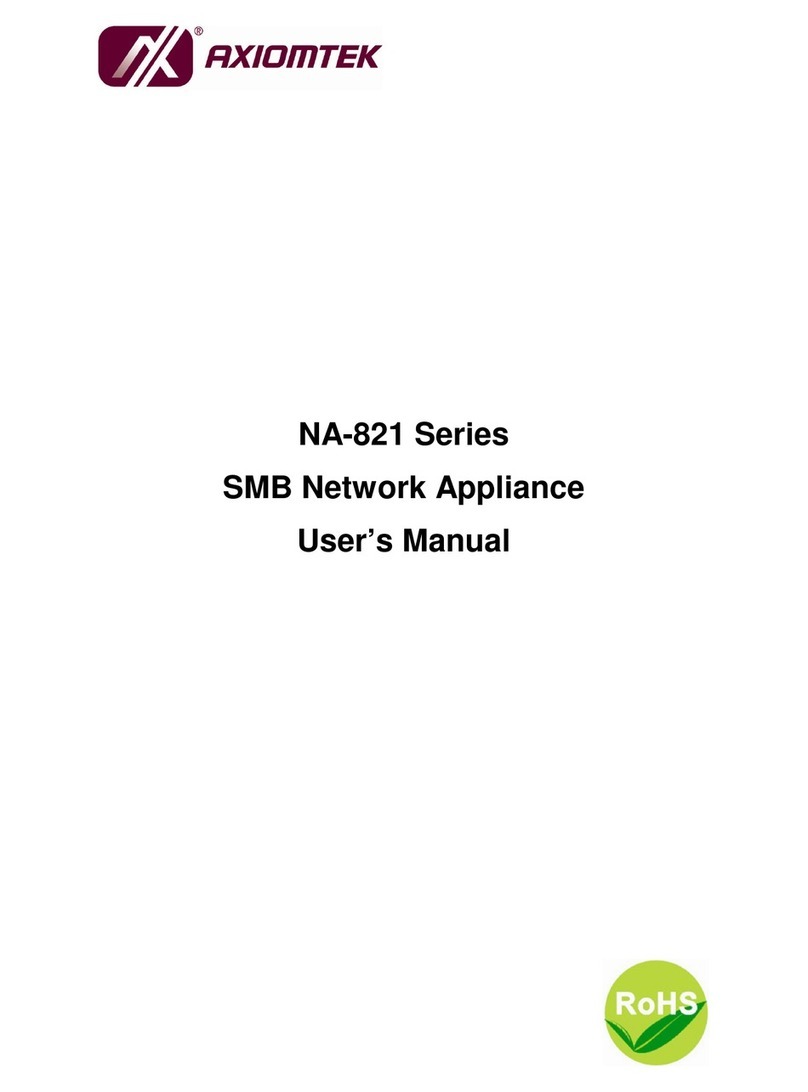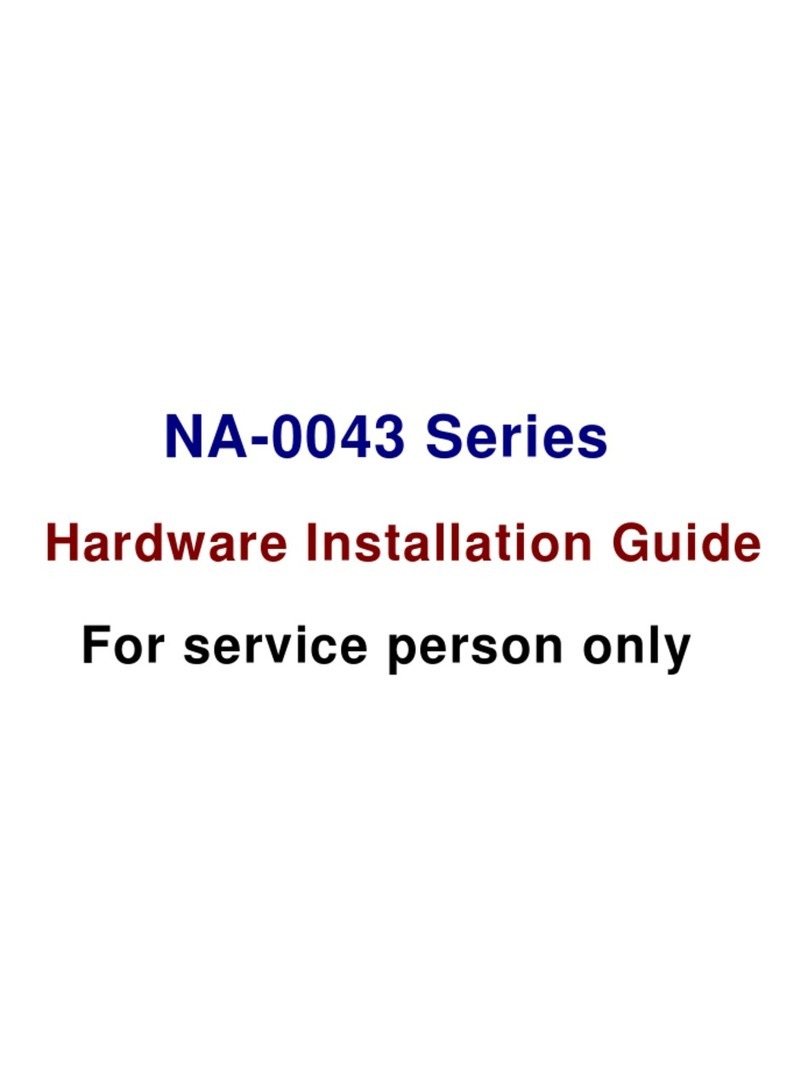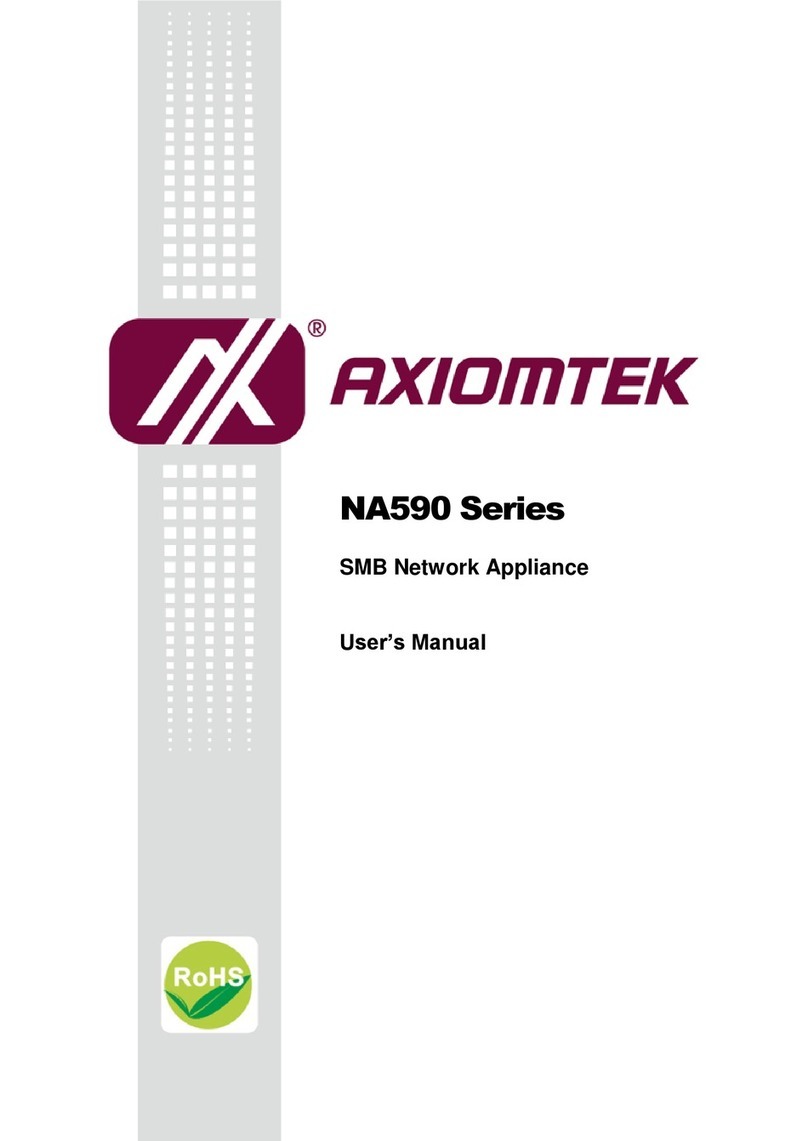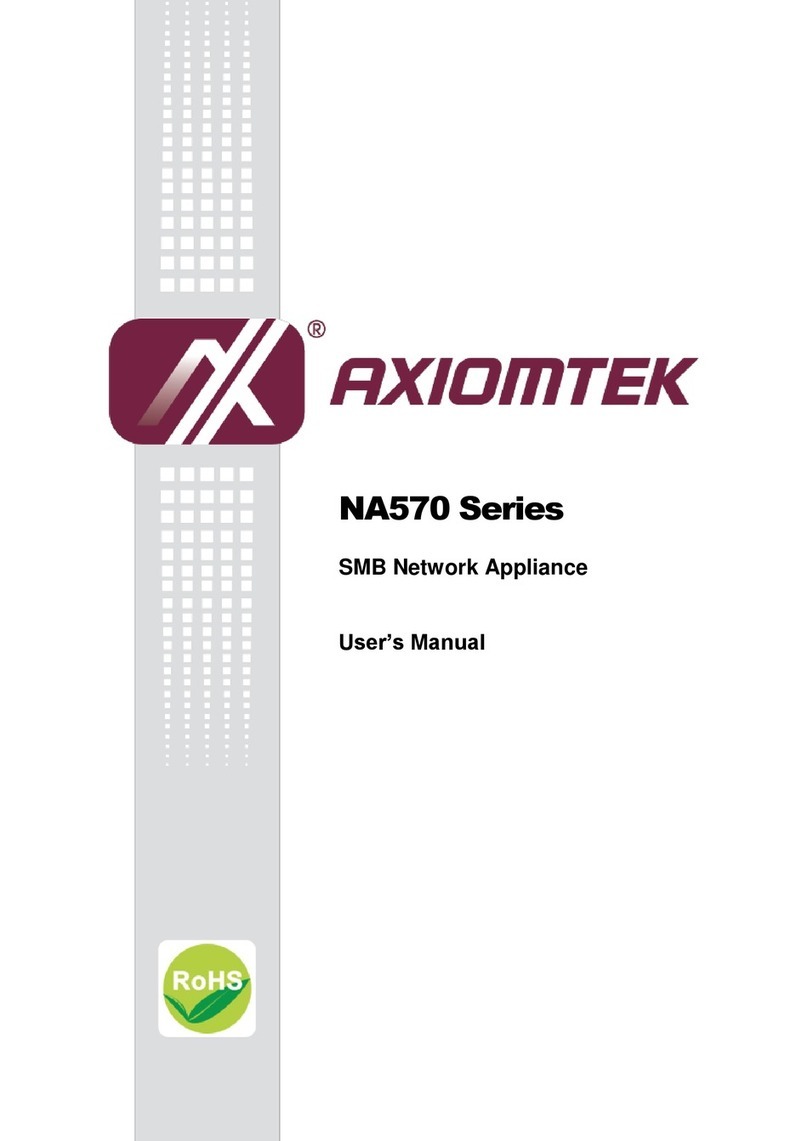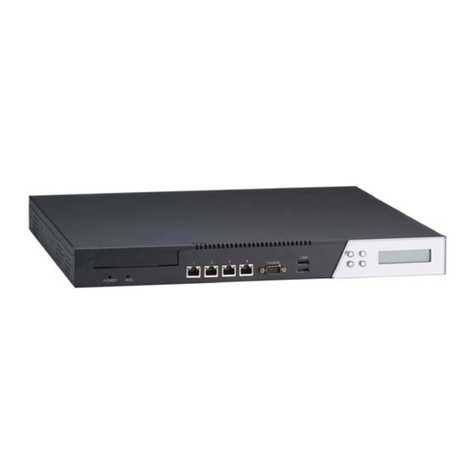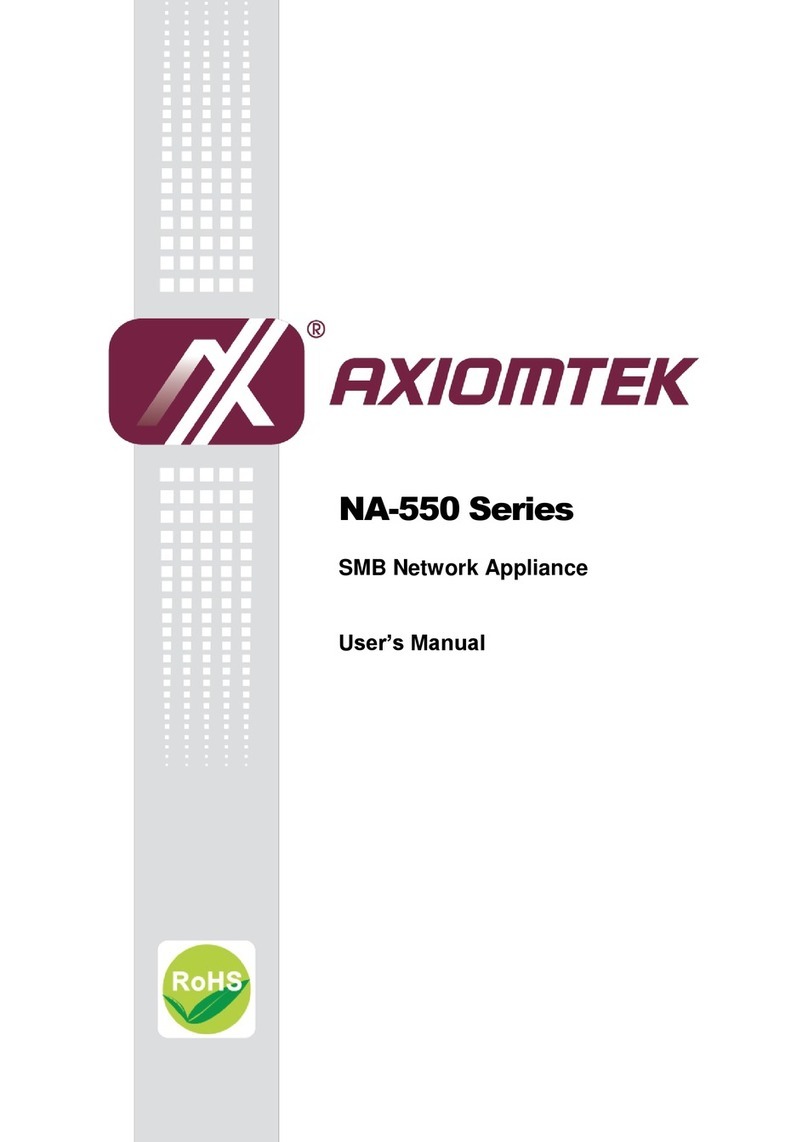
v
Table of ContentsDisclaimers ......................................................ii
FCC Compliance.........................................................................iii
Chapter 1..............................................................................................1
1.1 General Description............................................................1
1.2 Standard Features..............................................................2
1.3 System Specifications.........................................................2
1.3.1 Hardware.................................................................2
1.4 System Placement..............................................................5
Chapter 2..............................................................................................2
2.1 Preinstallation Checklist .....................................................2
2.2 Connectors and Jumpers....................................................2
2.2.1 Connectors ..............................................................2
2.2.2 Jumper Settings .........................................................3
2.3 Setting up the appliance.....................................................5
2.3.1 Installing a memory module (DIMM)..........................5
2.3.2 Installing Display Interface.......................................5
2.3.3 Installing Serial Port Interface..................................5
2.3.4 Installing Keyboard and PS/2 Mouse DIN
Connectors..........................................................................6
Chapter 3..............................................................................................7
3.1 BIOS Introduction...............................................................7
3.2 BIOS Setup.........................................................................7
3.3 Standard CMOS Setup.......................................................8
3.4 Advanced BIOS Features.................................................11
3.5 Advanced Chipset Features.............................................16
3.6 Integrated Peripherals......................................................18
3.7 Power Management Setup...............................................22
3.8 PNP/PCI Configuration.....................................................26
